Slavonia Full of Heartbreak: Demographic Decline of Vukovar-Srijem County
January 18, 2023 - Slavonia is trying its hardest to remain full of life, but how is everything in and around it doing in reality? Not well. Vukovar-Srijem County is indeed still full of heartbreak. As much as things are starting to look up in some ways in the county's central point with the city of Vukovar looking better and better, some of its citizens deciding to stay, fight, and drive the economy themselves, tourists visiting more and staying longer; the area is still in significant social, moral, and demographic decline.
As SiB / Danas.hr write, after the final results of the population census were finally released last year, there was a decrease in the number of inhabitants in the Vukovar-Srijem County compared to 2011. The county lost 35,083 inhabitants (a drop of 19.54 percent), with 13.6 percent fewer residents in Vukovar.
The Statistical Office of the European Communities (Eurostat) has published data on the places where the most significant depopulation occurred from 2015 to 2020 and the most significant increase in the number of inhabitants
???Over the period 2015–2020, the rural region with the highest rates of depopulation in the EU was:
— EU_Eurostat (@EU_Eurostat) January 17, 2023
?? Vukovarsko-srijemska županija (-2.5% per year)
The rural region with the highest population growth:
?? Ikaria, Samos (+2.8% per year)
?https://t.co/Q4YgBSsA3Q pic.twitter.com/aNR0P9nZlg
The Vukovar Srijem County has had the highest rate of population emigration in the European Union, amounting to -2.5% per year. On the other hand, the Greek island of Ikaria recorded the highest increase of 2.8% per year.
Recall, after the final results of the population census were finally released last year, there was a decrease in the number of inhabitants in the Vukovar-Srijem County compared to 2011. The county lost 35,083 inhabitants (a drop of 19.54 percent), and there are 13.6 percent fewer residents of Vukovar.
Požega Slavonia County ranks second in the EU in terms of emigration rate, with it being -2. From 2015 to 2020, Osijek-Baranja County recorded an emigration rate of -1.7%. Brod-Posavina recorded -2.1%, and Virovitica-Podravina -2.1%. The Sisak-Moslavina County is also ranking quite high (or low) with -2.1%, while all other Croatian counties recorded a much lower rate of emigration, around -1% or less. The City of Zagreb, on the other hand, has seen a positive change of 0.2%.
For more, make sure to check out our dedicated Lifestyle section.
Cultural Identity of Vukovar: New Book Presented in Vukovar
June 9, 2021 - The fascinating question of the Cultural Identity of Vukovar is researched in a new book edited by Dr. Mateo Žanić and Petar Elez. However, as the editors stressed in the introduction, further research is needed to encompass all social groups in Vukovar and their contribution to the heritage of Vukovar.
After being published back in April this year, the book „Cultural Identity of Vukovar – Contribution to Investigating Heritage and Successors“, was presented this Wednesday in Vukovar. As Ivo Pilar Social Research Institute writes on its website the book was published in cooperation with the Vukovar State Archive, so it was only suitable that the first book presentation was held in Vukovar at the videoconference hall of College Of Applied Sciences „Lavoslav Ružička“ (named after a famous Croatian chemist whose work is awarded a Nobel Prize). In addition, the event marked International Archive Day.
The book was edited by Dr. Mateo Žanić and Petar Elez, and the presentation, alongside editors, saw scientific experts Dr. Dražen Živić, Mirela Hutinec, and Dr. Domagoj Tomas talks about the book.
„Fast events triggered by globalization process and information revolution which paradoxically lead to today's societies being fiercely occupied with the meaning of past, and preserving its valuable traces. In that context, there is a spreading interest for heritage that holds an important component to understand the relationship between the past and present“, says the editorial introduction of the book.
The editors went on to explain how „the city proved to be futile to interpret the meaning of heritage and its contribution to cultural identity,“ and the editors wanted to present various aspects of Vukovar's cultural heritage.
Apart from editors Žanić (who wrote a chapter „Layers of memories and material heritage in modern-day Vukovar) and Elez (author of the chapter „State archive in Vukovar and development of archive service in Vukovar-Srijem County“), the book features eight more authors. Ivan Rogić (Whose Heritage? Who is the successor?), Dražen Živić (on Vukovar's feudalists), Vlasta Novinc („Danube, food, Corso“), Dragana Drašković (on the cultural life of Borovo Selo), and more by Dragan Damjanović, Toni Roca, Ivana Bendra and Ivan Hubalek.
With these broad presentations of culture and heritage in Vukovar, editors hope this book will encourage further research as they are aware this is certainly not the final word on these interesting questions and issues.
„As editors, we are aware that the book does not deal with topics that concern different social groups that left their trace in Vukovar end enrich the history of the city. We hope that future editions that will deal with this topic expand the reach of issues and help us to realize better what do we inherit from the past and why is that important“, concludes the introduction of the book.
So far, the book is available only in Croatian, and research that will, as editors say, deal with other social groups in Vukovar is yet to come. Keeping in mind the terrible aftermaths of the war in Vukovar in the 90s and inter-ethnic tensions, further findings on joint cultural contribution to Vukovar may indeed be the enlightenment needed for peaceful cohabitation and development of Vukovar as a perspective city in Croatia.
Speaking of heritage, learn more about UNESCO recognized heritage in Croatia on our TC page.
For more about science in Croatia, follow TCN's dedicated page.
VIDEO + PHOTOS: Vukovar Tower Opens In Spectacular Ceremony
October 30, 2020 - Fireworks pierced the sky, music filled the air and a striking choreography of colours lit the Vukovar Tower at this evening's grand unveiling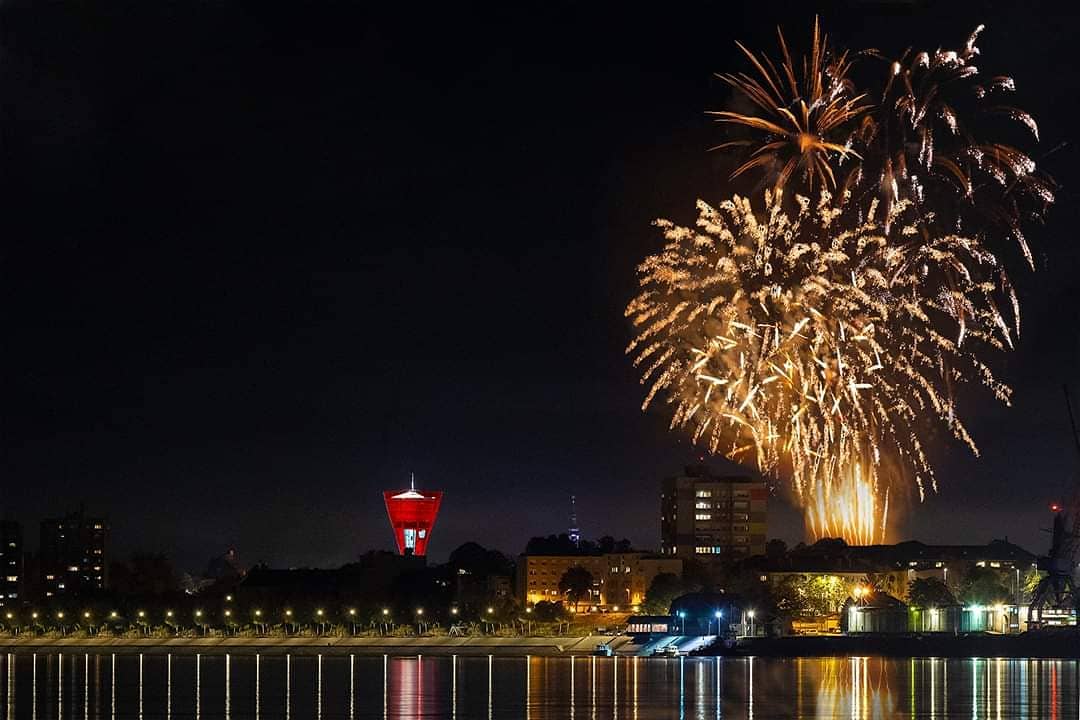
© Marko Džavić
Fireworks pierced the night sky, music filled the air and a striking choreography of colours lit the monument at this evening's official unveiling of the renovated Vukovar Tower. In a well-measured and memorable ceremony, the chill of the autumnal early evening was replaced with a myriad of heartfelt emotions.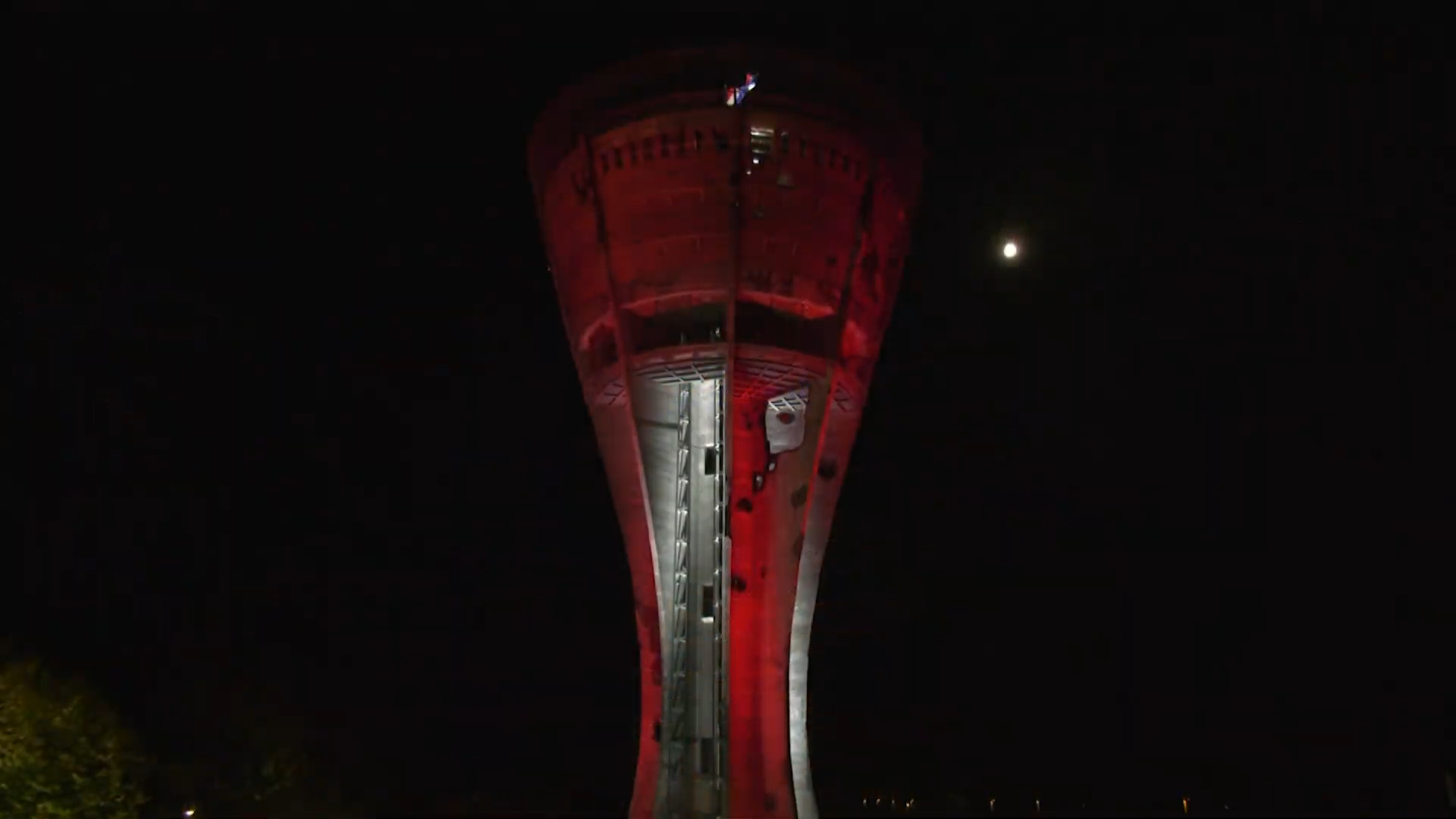
One of the most recognised symbols of remembrance of Croatia's Homeland War, the Vukovar Tower has been under renovation for three years. Famously damaged in fighting during the war, its scars are a constant reminder of the heavy bombardment the town received. The Vukovar tower has undergone renovation needed to ensure its survival and to open up the structure to public visitation. Around 46 million kuna has been spent on the project, with much of the money coming from public donations.
Fireworks, as seen from spectators on the ground
Music at the opening ceremony ranged from solemn ballads delivered by Croatian pop stars, several all-male choirs and the traditional tamburaci folk music of Slavonia. The ceremony was broadcast live on the web pages of the City of Vukovar and on local TV channels.
The full hour-long ceremony
The Vukovar tower was built in 1968 and stands 50 metres high. It is difficult to judge its size from pictures, but at the time it was built, the structure was one of the largest water towers in Europe. In the times before the war, it held a restaurant with a panoramic view of the town and the surrounding Slavonian countryside. During the war, the Vukovar Tower was hit with more than 600 missiles. It thereafter became a symbol of resistance, then of remembrance.
An integral part of the monument, the scars on the tower have been preserved in the renovation but shored up so that the Vukovar Tower can stand indefinitely. A new memorial space within the tower was presented as part of the unveiling. The monument will hereafter become part of Vukovar's most-visited buildings. Tens of thousands of Croatians visit Vukovar each year. Its art, culture and beautiful nature draw many, but large numbers also make the trip in remembrance of the war and the lives lost in the town. Almost every Croatian school year will make an organised trip to the town for this purpose.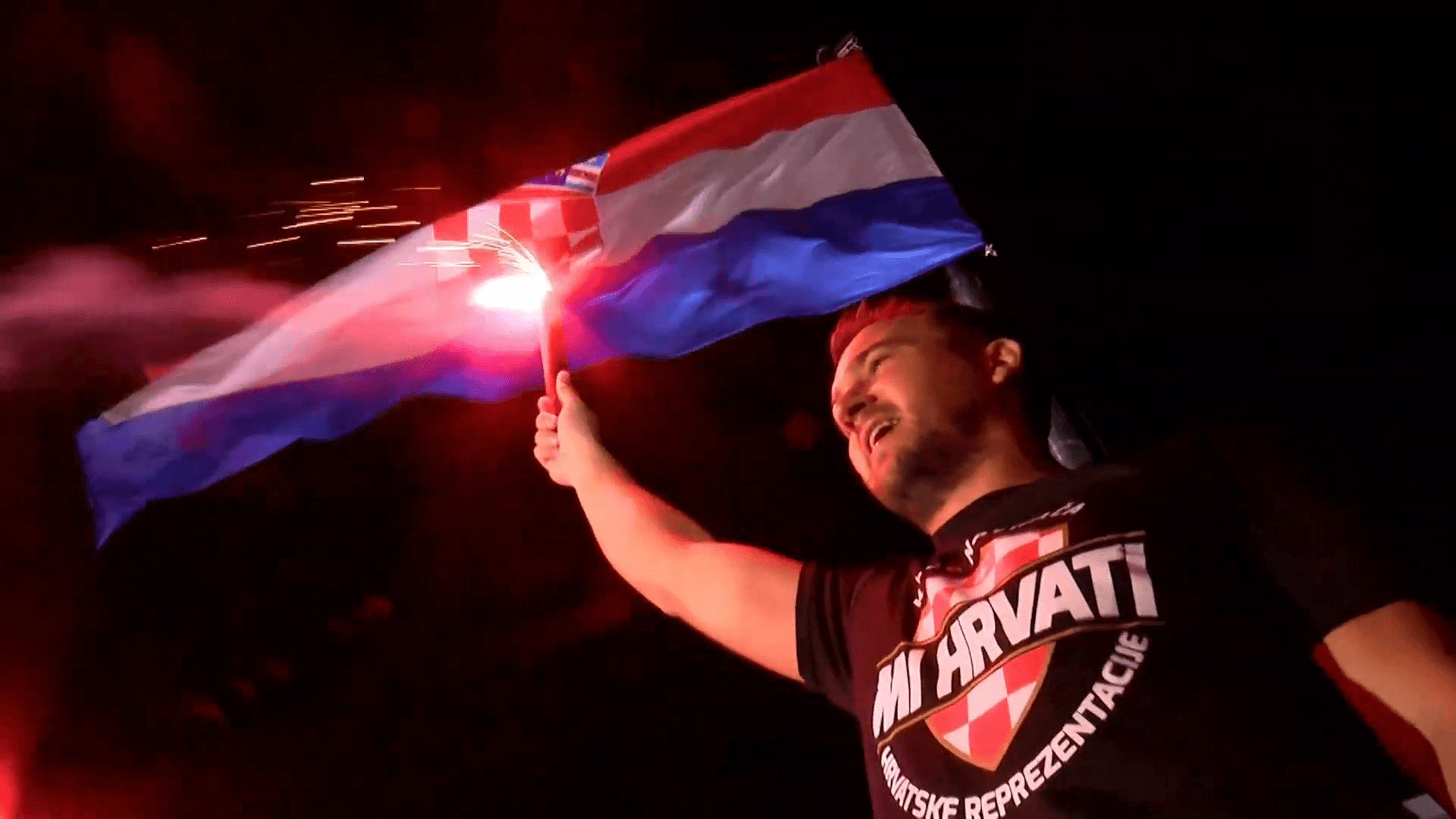 All uncredited photos © Grad Vukovar
All uncredited photos © Grad Vukovar
For the latest travel info, bookmark our main travel info article, which is updated daily.
Read the Croatian Travel Update in your language - now available in 24 languages
Continental Croatia Trains: Inland Opens Up With Green Travel
October 3, 2020 - With charter airlines in a state of flux and Croatia Railways beginning a renewal of their fleet in Slavonia, are continental Croatia trains the eco-friendly and best way to unlock the inland's amazing potential?
Everything changes. Nothing stays the same. Even before 2020 arrived, lifestyles and trends were headed in new directions. Eco-tourism and agro-tourism were two of the fastest-growing areas within the travel sector, this behaviour change a response to concerns about the environment. And nowhere in the country stands better poised to take advantage of this interest than continental Croatia.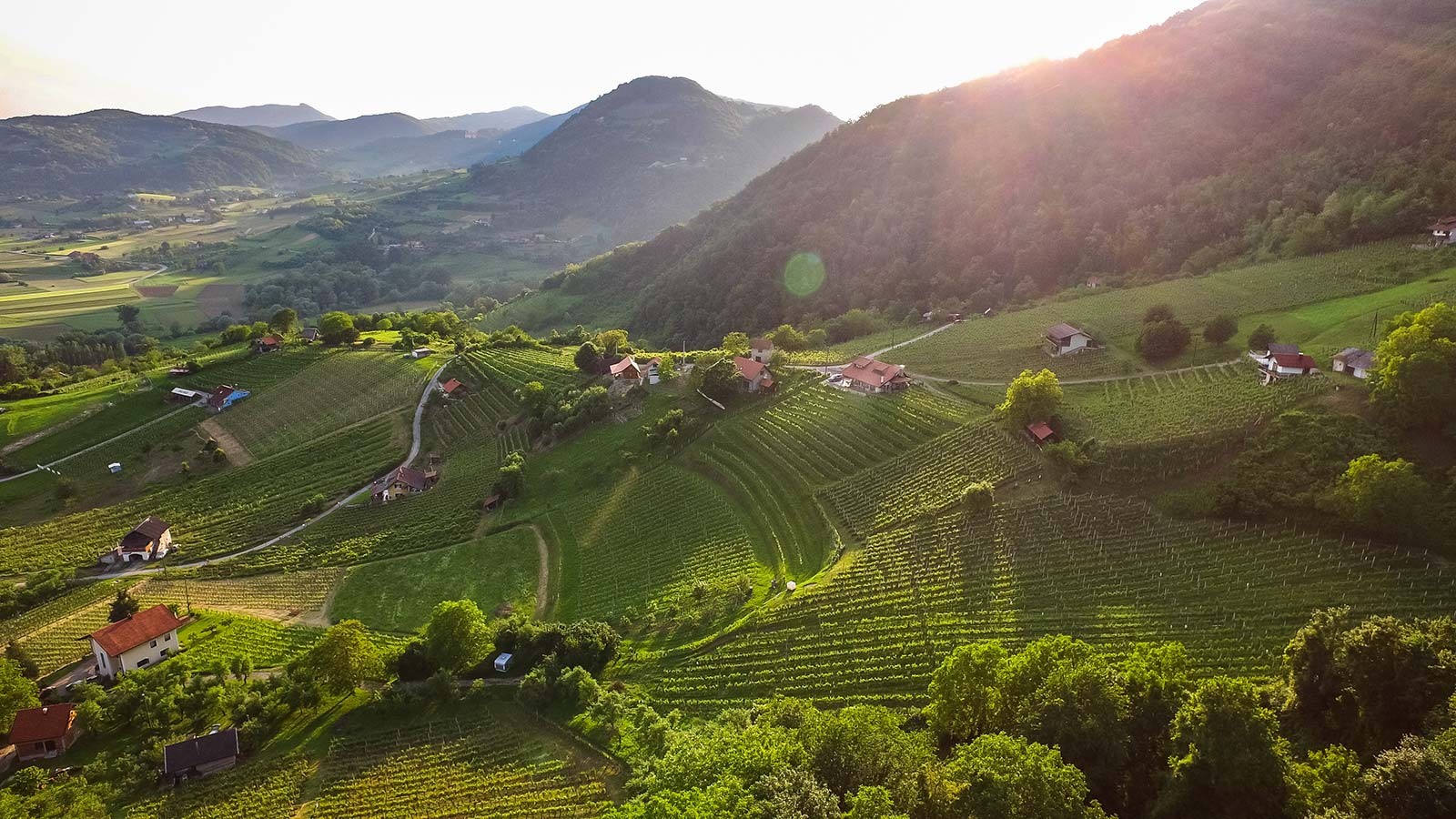 Impossibly pretty Zagorje - the region lies just north of Zagreb and is accessible by continental Croatia trains © Ivo Biocina / Croatia National Tourist Board
Impossibly pretty Zagorje - the region lies just north of Zagreb and is accessible by continental Croatia trains © Ivo Biocina / Croatia National Tourist Board
From the impossibly pretty hills of Zagorje, the peaceful rivers of Karlovac county and the hidden vineyards that surround the capital Zagreb to the vast Pannonian flatlands that stretch to Slavonia, Baranya, Vukovar-Srijem and beyond, the varied topography of continental Croatia is wild, exciting and - by many - wholly undiscovered.
This is land where agriculture and nature thrive side by side, where the stresses of modern-day existence ebb away as you readjust to a way of life that would look mostly familiar to the people who lived here centuries ago. These are places where you can truly be at one with yourself and with your surroundings. In continental Croatia, you often find yourself in an environment that is both timeless and traditional, yet wholly contemporary in regards to its ecological aspirations. And you're never far away from an exciting city environment that you can dip into on a whim – not just Zagreb, but Osijek, Slavonski Brod, Karlovac, Sisak and Varaždin too. To those who really know and love Croatia, Osijek is simply unmissable. It is both the capital of and the doorway to Slavonia and Baranya and should be more accessible by continental Croatia trains. Sadly, international transportation links to the city by air are also quite poor. Improvements in accessibility to Slavonia and Baranya by rail and road are imminent © Romulić & Stojčić
To those who really know and love Croatia, Osijek is simply unmissable. It is both the capital of and the doorway to Slavonia and Baranya and should be more accessible by continental Croatia trains. Sadly, international transportation links to the city by air are also quite poor. Improvements in accessibility to Slavonia and Baranya by rail and road are imminent © Romulić & Stojčić
Unlocking the incredible potential of continental Croatia relies on getting the message out there and facilitating travel to these regions
In recent TCN features we have detailed that motorways within Croatia are among the best in Europe - once you're inside Croatia, travelling by car (or bus) between the regions couldn't be easier. We have also seen evidence of the huge interest in travelling here by rail and using continental Croatia trains.
Of all the modern methods of long-distance travel, rail is by far the most eco-friendly. What better way to begin an environmentally friendly holiday than by arriving on continental Croatia trains? When the country wisely decided to prioritise its internal motorway system, a modern and fast inter-regional rail network was put on the back burner. Nowhere suffers greater from this decision than continental Croatia.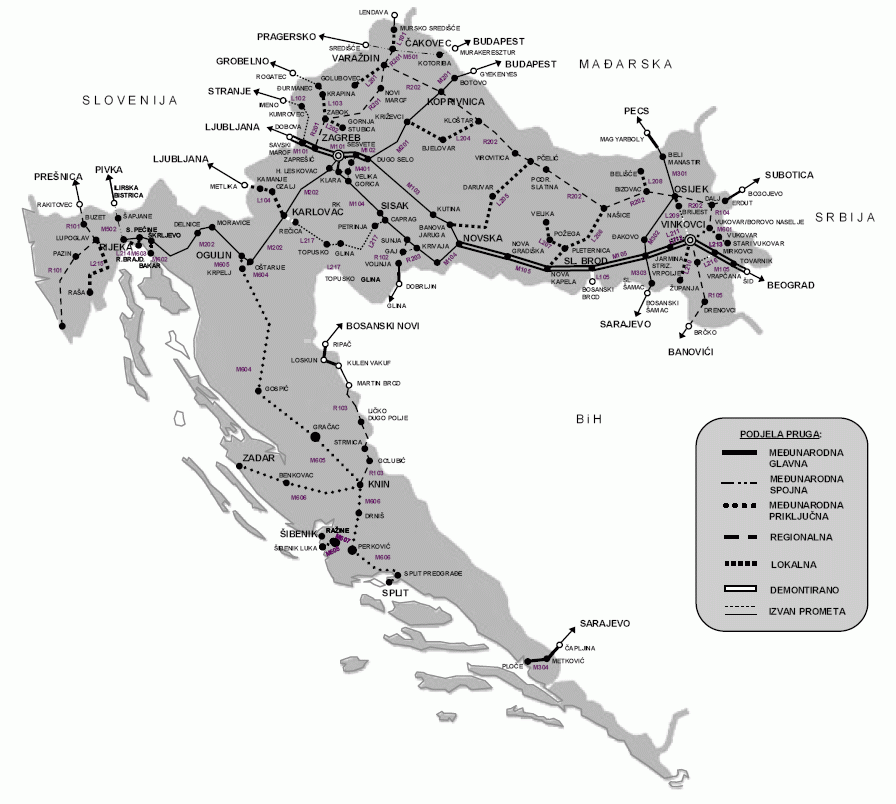 The Croatian rail network © Croatian Official Document uploaded to Wikipedia by Epepe
The Croatian rail network © Croatian Official Document uploaded to Wikipedia by Epepe
The only high-speed line that currently exists in Croatia links Rijeka to Budapest, via Zagreb and Koprivnica. Planned improvements hope to cut journey times between Zagreb and its nearest coastal city to an hour. Same as it ever was - Rijeka was the first Croatian city to be connected internationally by rail. That line also ran into the heart of Austro-Hungary and facilitated upper-class travel to places like Opatija. But does it best benefit the country to invest in more links to the coast or in continental Croatia trains? Well, the inland is not being ignored. Upgrades are being made to continental Croatia trains. This impressive beast actually services the country's coast. But would more investment in the continental Croatia trains network better service more people and help unlock the inland to tourists? Around 70% of the country's inhabitants live in continental Croatia © HŽPP
This impressive beast actually services the country's coast. But would more investment in the continental Croatia trains network better service more people and help unlock the inland to tourists? Around 70% of the country's inhabitants live in continental Croatia © HŽPP
The rail link between Zagreb and Slavonski Brod is so historic that it was once part of the four routes of the Orient Express. It has been maintained to a standard where you can make a relatively quick journey from the capital to Vinkovci via Slavonski Brod. The same cannot be said for rail travel to Osijek, the access point to Baranya and much more. So slow is the connection between Osijek and Zagreb that it has been possible over recent times to reach the Slavonian capital quicker by taking the train to Vinkovci, then the bus to Osijek, rather than travelling direct by rail.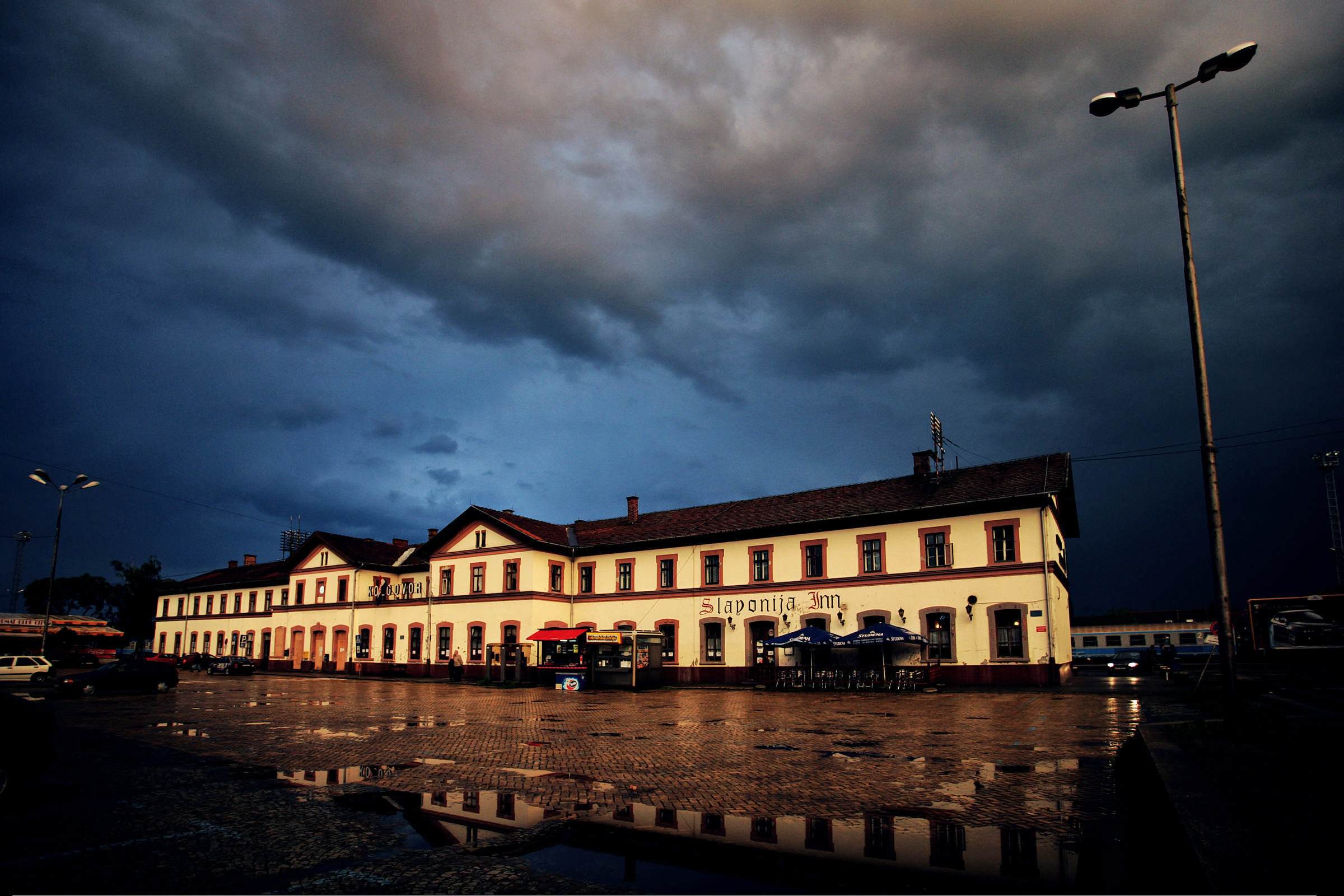 Osijek train station. A renovation to the building is planned for the near future © Romulić & Stojčić
Osijek train station. A renovation to the building is planned for the near future © Romulić & Stojčić
However, in February this year, Croatian Railways introduced four direct daily lines between Slavonski Brod and Osijek. And there will be a new tilting train line that will run between Zagreb to Osijek on Friday afternoon and from Osijek to Zagreb on Sunday afternoon, facilitating student travel. On October 15, the first low-floor train will run between Osijek and Vinkovci as an additional part of the renewal of their continental Croatia trains fleet in Slavonia. The welcome return of Croatia's second-oldest international rail line - linking Osijek to Pécs in Hungary, via Beli Manastir and Baranya - was introduced in late 2018.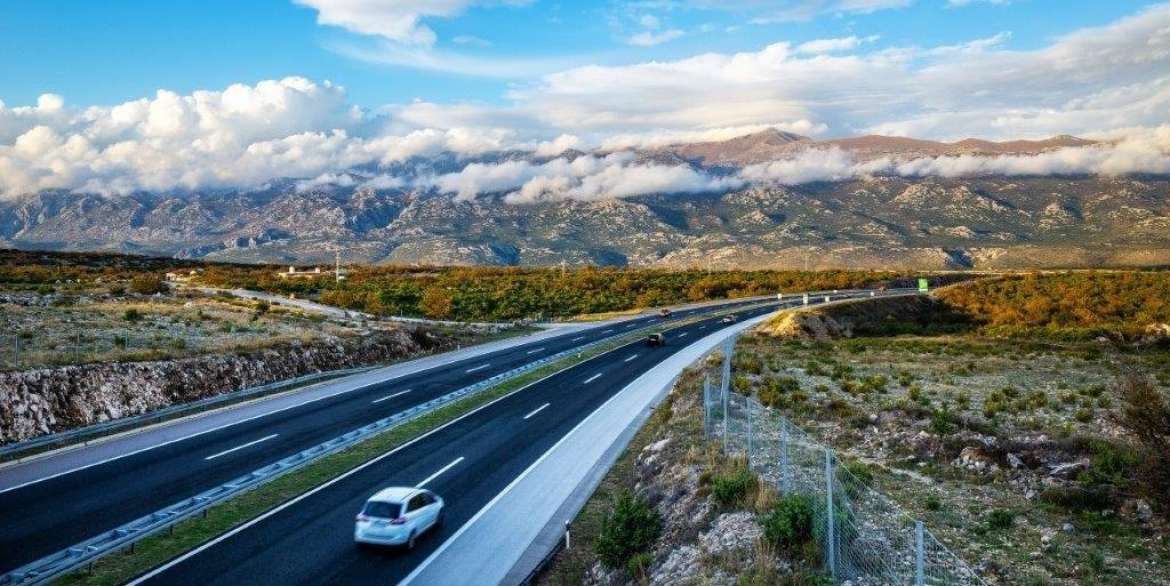 A motorway stretch between Metković and Dubrovnik, integrating the Pelješac bridge and the Croatian segment of the European corridor are the final big remaining projects in a three-decade-long undertaking to give Croatia one of the best motorway networks in Europe. Should Croatia's rail network be next? © Hrvatske Autoceste
A motorway stretch between Metković and Dubrovnik, integrating the Pelješac bridge and the Croatian segment of the European corridor are the final big remaining projects in a three-decade-long undertaking to give Croatia one of the best motorway networks in Europe. Should Croatia's rail network be next? © Hrvatske Autoceste
Access to Slavonia and Baranya will also be massively facilitated upon completion of the European corridor, which will connect North Europe to the Adriatic. Starting in Budapest, it necessitates the building of a bridge near Beli Manastir. Thereafter the motorway will pass by Osijek, connect to the Zagreb-Slavonia motorway near Lipovac, then pass through Bosnia and its capital Sarajevo and on to Ploče.
The removal of budget airline flights to the airport in Osijek remains a hindrance to attracting many international visitors to Slavonia and Baranya. However, with charter airlines facing the greatest uncertainty of all modes of transport at the current time, though their return is a must, it is perhaps now an ambition that should remain more long term. For the immediate future, improvements to rail travel look to be a brilliant way of opening up not only Slavonia, Baranya and Vukovar-Srijem, but also an eco-friendly access point capable of serving the whole of untapped continental Croatia.
For the latest travel info, bookmark our main travel info article, which is updated daily.
Read the Croatian Travel Update in your language - now available in 24 languages
Vukovar Student Becomes Croatia's First Animal Rights Lawyer
October 2, 2020 - Ivana Kramer from Vukovar became Croatia's first animal rights lawyer after graduating from the Faculty Of Law in Osijek
Ivana Kramer from Vukovar has become Croatia's first animal rights lawyer. She did so after graduating from the Faculty Of Law in Osijek, having received her diploma on September 23. The Faculty Of Law in Osijek is the only one in Croatia that has an elective course in animal rights.
In a recent interview with Vecernji List's Suzana Lepan Štefančić, Ivana explained that her desire to become Croatia's first animal rights lawyer stemmed from always having been around animals. “I have three dogs,” she said, in explaining her choice of the elective course in animal rights, “and my mother Željka adopts and helps abandoned animals.”
Some of the animals that Ivana's mum Željka looks after in Vukovar. Photos from the Facebook of Željka Kramer.
Ivana commuted to the Faculty Of Law in Osijek for five years in order to complete the course, choosing to stay living at home in Vukovar rather than move to the Slavonian capital. She says she would ideally like to stay in Vukovar to begin working in this field of law.
Her elective course in animal rights was undertaken in the final year of her studies and was the step that propelled her to the status of Croatia's first animal rights lawyer. During this final year, she researched the Animal Protection Act, which was implemented in 2017, with an emphasis on the situation in the Osijek-Baranja and Vukovar-Srijem counties. Her research included dog shelters in Vukovar and Osijek, where she occasionally volunteers.
For the latest travel info, bookmark our main travel info article, which is updated daily.
Read the Croatian Travel Update in your language - now available in 24 languages
Emotive New Vukovar Father And Son Monument Unveiled
September 22, 2020 – Their lives taken in the Homeland War, Petar and Igor Kačić are depicted in the new Vukovar Father and Son monument. Igor was just 16-years-old at the time he was killed
During recent days, family members, the town mayor and veterans representatives attended the unveiling of a new Vukovar Father and Son monument. The statue is the work of Zvonimir Orčić and Josip Cvrtila and was commissioned in remembrance of Petar Kačić and his son Igor. Aged just 16-years-old at the time of his execution, Igor is the youngest victim of the massacre at Vukovar.
Petar Kačić was killed on the front line of the fighting in Vukovar on 2nd October 1991. He and other town residents were trying to defend their families and neighbours from the approaching Yugoslavian National Army forces. They were hopelessly outnumbered and inadequately armed for the task. They faced one of Europe's then-largest and best-equipped armies, whose numbers were bolstered by savage and ruthless paramilitaries.
Although the new Vukovar Father and Son monument shows the two males of the family together in defence of the town, Igor was actually killed one month after his father's passing, on 20 November 1991. While still grieving for Petar, the family had been moved into a shelter at Vukovar hospital to escape the intense shelling that rained down on the town each day. It had already destroyed their home two months previously.
Following the fall of the town, all refugees from the fighting were taken into the custody of the Yugoslavian National Army and their paramilitary accomplices. In a barbaric act that was to be repeated time and time again during the violent break up of Yugoslavia, the men were separated from the women, and small children, and then taken away.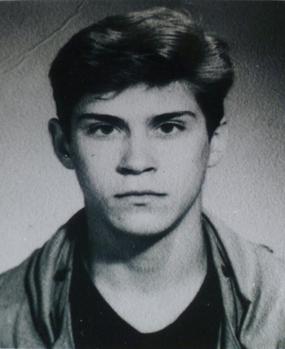 Igor Kačić, aged 16
Igor Kačić, aged 16
Although only 16-years-old, Igor Kačić was a strong and muscular boy. The look on his face was perhaps nearer that of a man, aged by grief, relentless shelling and the new responsibilities he had taken upon himself. After his father had been killed, Igor assumed the role of the family protector and stood on watch at the hospital while his mother Irena and his two sisters slept inside.
Around 300 men were taken from the Vukovar Hospital. Their number contained not only wounded fighters but sheltering civilians like Igor. They were transported by the Yugoslavian National Army to a farm in a hamlet called Ovčara, south-west of Vukovar. The army drove away, leaving the prisoners in the custody of the Serbian paramilitaries. 260 prisoners were lined up in groups, then shot. The bodies of 200 were later found in one mass grave.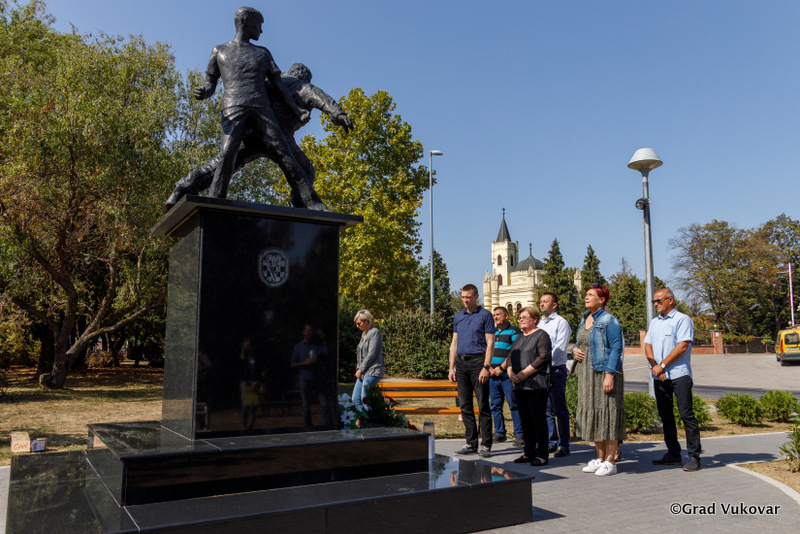
“It is not just a monument to Petar and Igor, it is a monument to all fathers and sons who gave their lives in the Homeland War,” said Igor's mother, Irena Kačić, at the statue's unveiling. Aged 69 years old, Irena Kačić had made the journey from her present-day home in Rijeka to attend the ceremony for the new Vukovar Father and Son monument.
All photos © Grad Vukovar / public domain
For the latest travel info, bookmark our main travel info article, which is updated daily.
Read the Croatian Travel Update in your language - now available in 24 languages
PHOTOS: Vukovar Water Tower Lights Up The Night Sky Over Eastern Slavonia
September 13, 2020 – The famous landmark is now visible out of daylight hours as a flood of colours sees the Vukovar water tower light up the night sky
With the recent completion of the VukovArt street art event 2020, you might have thought Vukovar would be retiring from the limelight for a while. Think again.
Over recent days, the Vukovar water tower has lit up the night sky over eastern Slavonia in a range of colours. The Vukovar water tower is one of the most recognisable landmarks in the town.
The multicoloured display heralds the opening up of the tower for visits. Famously damaged in fighting during the war, its scars are a constant reminder of the heavy bombardment the town received. The tower has been undergoing work in order that the structure can survive. The reconstruction and renovation has taken place over two stages. Around 37 million kuna has been spent on the project, with half of the money coming from donations, the other half from the Croatian government.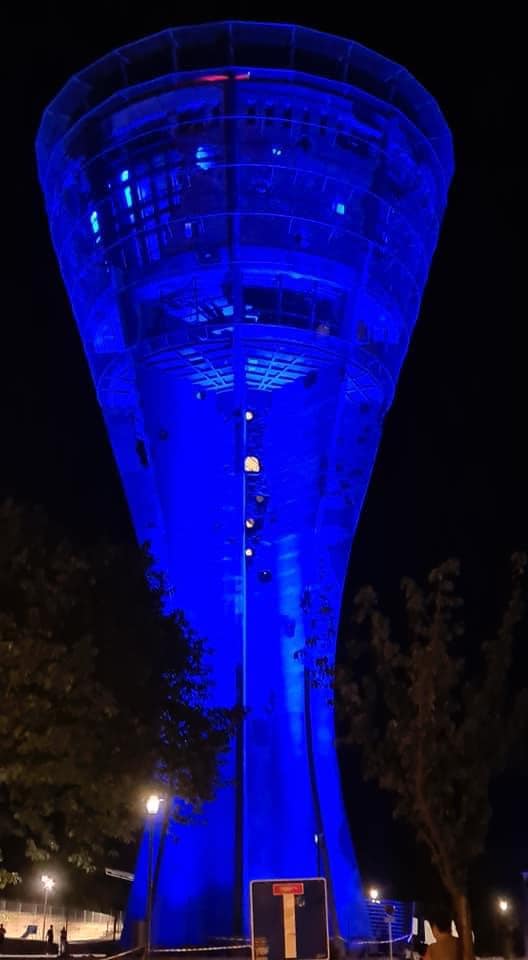
The water tower was built in 1968, stands 50 metres high and has a capacity of 2,200 cubic metres. At the time it was constructed, it was one of the largest water towers in Europe. In the times before the war, it also had a restaurant and offered visitors an incredible view over the town and Vukovar-Srijem County. During the war, it was hit with more than 600 missiles. It thereafter became a symbol of resistance, then of remembrance.
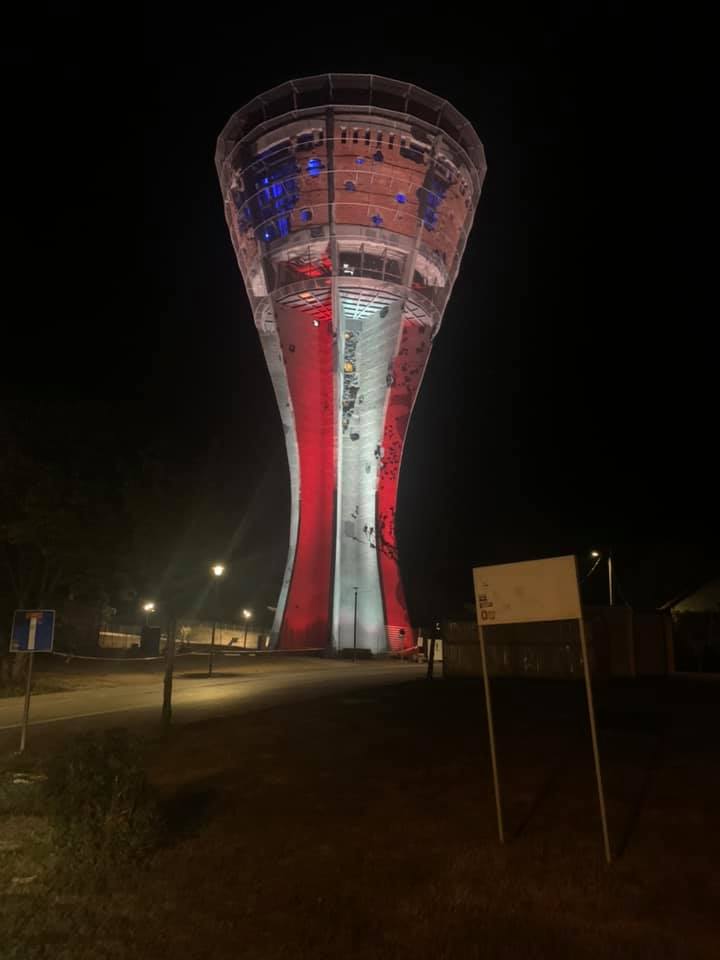
© Grad Vukovar
The town Mayor, Ivan Penava, announced that the Vukovar water tower will be open to general visitors at the end of October. Between now and then, the interior will be decorated, and a memorial room completed. Children from all over Croatia each year visit the town and the Vukovar water tower on organised school trips.
For the latest travel info, bookmark our main travel info article, which is updated daily.
Read the Croatian Travel Update in your language - now available in 24 languages
PHOTOS: Five Amazing New Murals Vukovar Street Art 2020
Sunday, 6 September 2020 – The Vukovar street art 2020 event VukovArt has just finished. Here are the five fantastic new works its left in the colourful Slavonian town.
The paints have dried, the scaffolding has been removed and all but the last few organisers have set off home. But, though VukovArt, the annual Vukovar street art 2020 has finished, the paintings from this year will remain.
These wonderful new works join a spectacular series of paintings which decorate the town, thanks to previous editions of VukovArt (you can check them ALL out on this link). Residents of the town now live their everyday lives among these incredible pieces of public art.
Here's a look at the Vukovar street art 2020 collection and a little from some of the artists who've made them.
OKO (Croatia)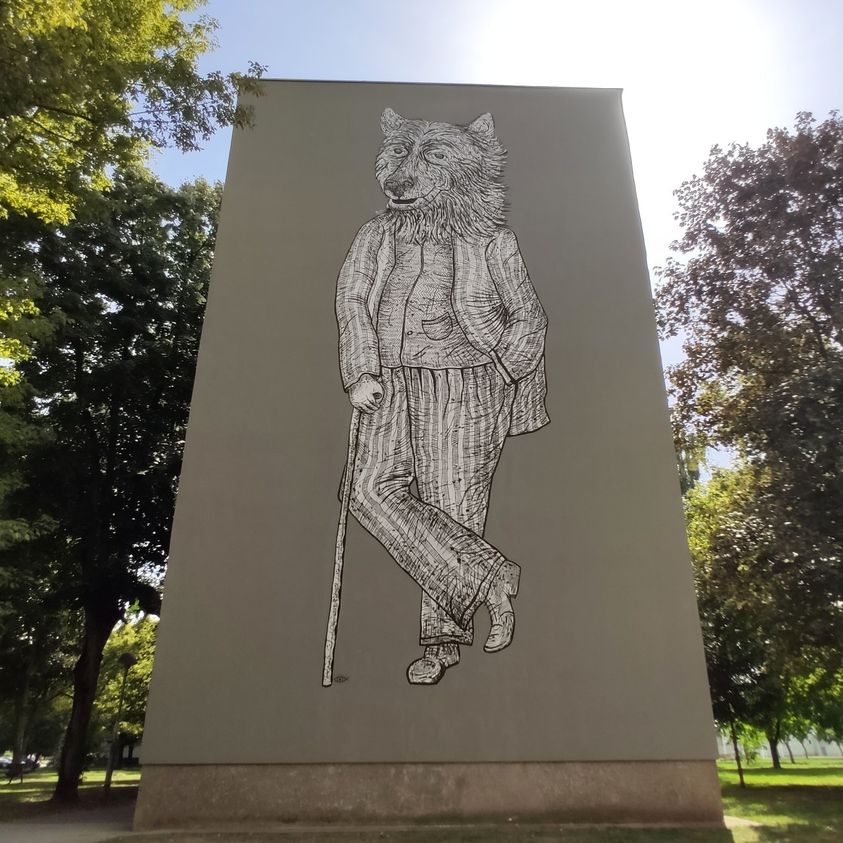
Because he’s Mister Strength, Courage and Health
Human bodies, dressed in Victorian finery, topped with the heads of animals and, especially, birds; OKO's intricate and sometimes sinister designs have been seen at Zagreb’s Museum of Contemporary Art, Victoria and Albert Museum in London, the European Parliament in Brussels and in more proletarian spaces such as Zagreb’s Medika club and Theatre &TD. Her murals are often similar, only produced on an industrial scale.
"I chose to paint a bear because this animal often symbolises amazing strength and endurance," OKO told TCN. "When they invited me to paint in Vukovar it seemed like best possible symbolism for a city that endured so much and yet which still stands strong.
Boogie (Germany / Switzerland)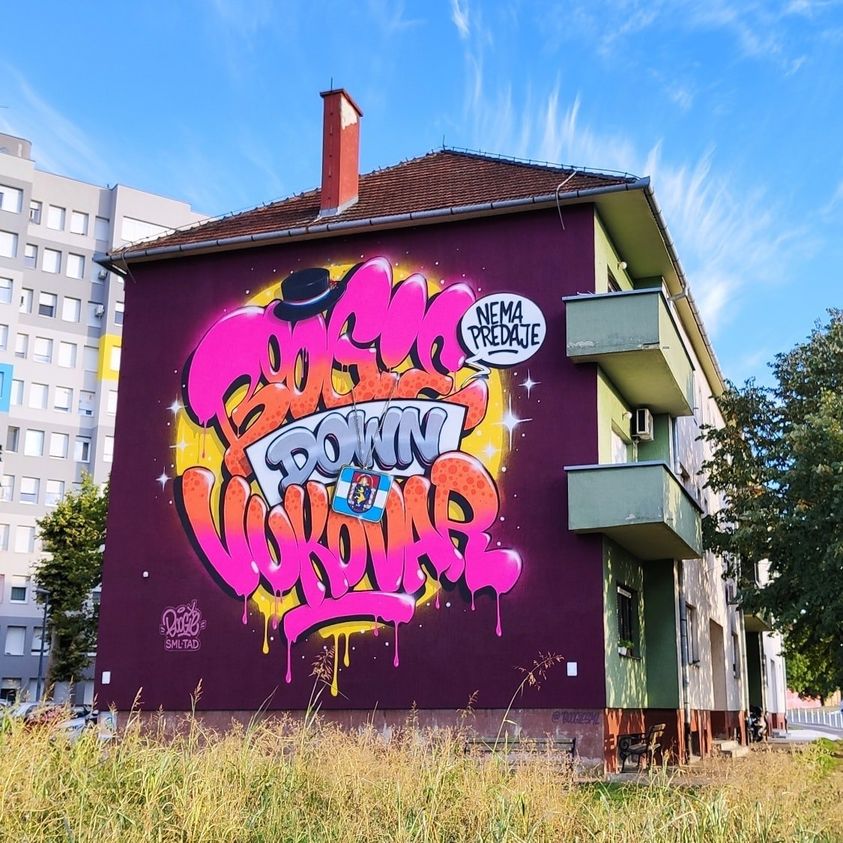
Boogie down Vukovar
Some 20 years ago, Boogie aka André Morgner formed the SML Crew in a region of eastern Germany not far from the Czech border. They've been active ever since, although Morgner himself moved to Switzerland. There, he's a now full-time artist, drawing his murals on walls of buildings, parks and offices, on commission for people like Google, Burton Snowboards and BMW. His pieces are vivid and contemporary in colour, but often take inspiration from the bragging tag work of vintage hip hop.
Tea Jurišić (Croatia)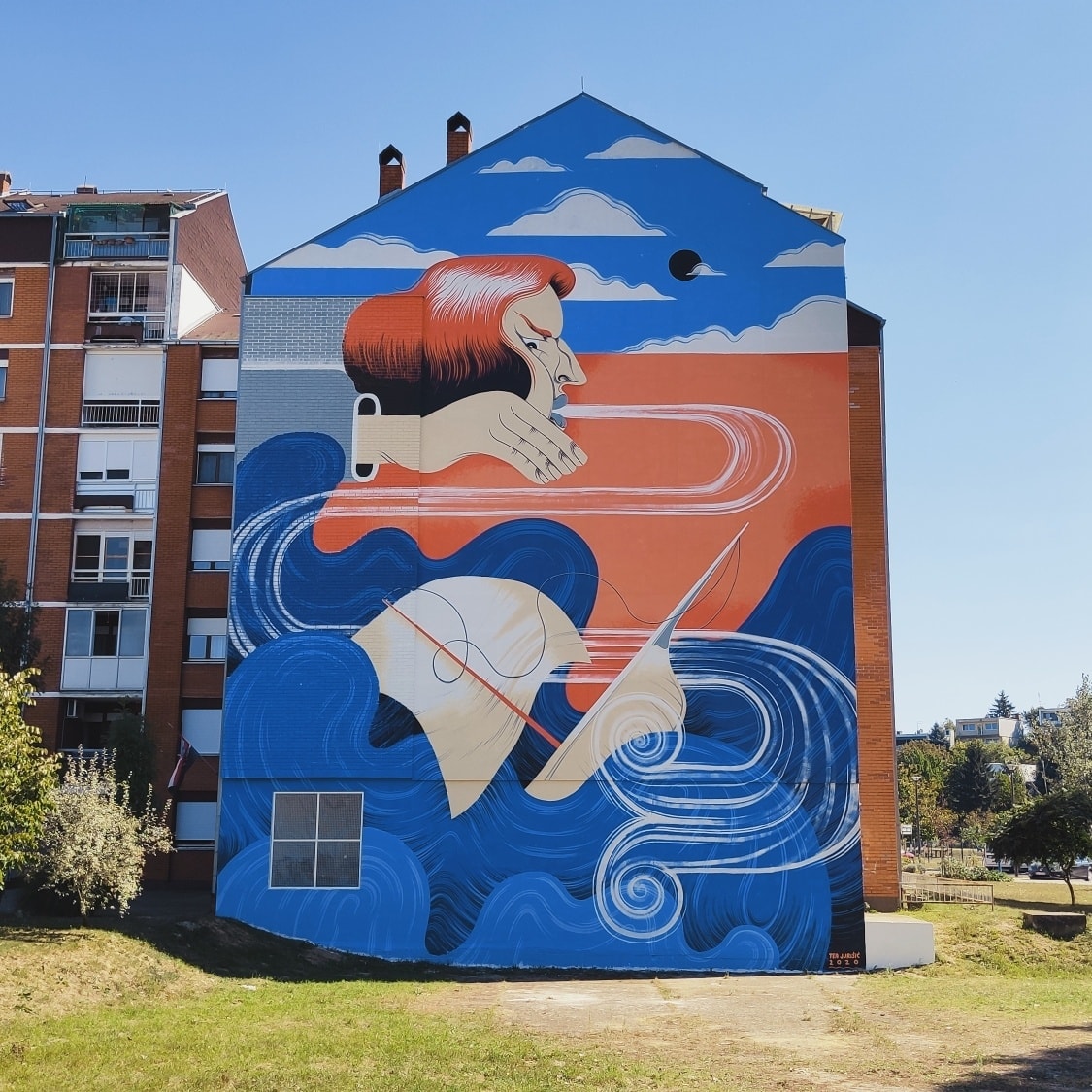
Bora
Having worked in many different modes of visual art, Tea Jurišić is, to many, known more for her drawings, paintings and illustrations than she is her street art. Yet, she has created various murals in Croatia, Slovenia, Italy and Norway. Since 2017 she has had 8 solo exhibitions in Croatia and overseas. She uses comedy and surrealism to add a playful edge to her simple storytelling.
"My challenge was a 300 square metre wall in the Olajnica neighbourhood, which I was painting between the 28th of August and the 3rd of September," said Tea. "The mural's name is Bora. It's the name of a fiercely strong wind that sometimes visits the coast of Croatia. I chose the name as I was trying to connect thematically two Croatian waters - the continental Danube river and the Adriatic sea. I relied on fresh colours that would bring a touch of summer to the gloomy days of winter that lie ahead. I tried to adapt the colours to the building, and the environment around the building. My experience in Vukovar was wonderful - from friendly people, a beautiful city and delicious food. It was an experience to remember for a lifetime."
Eugen Varzić (Croatia)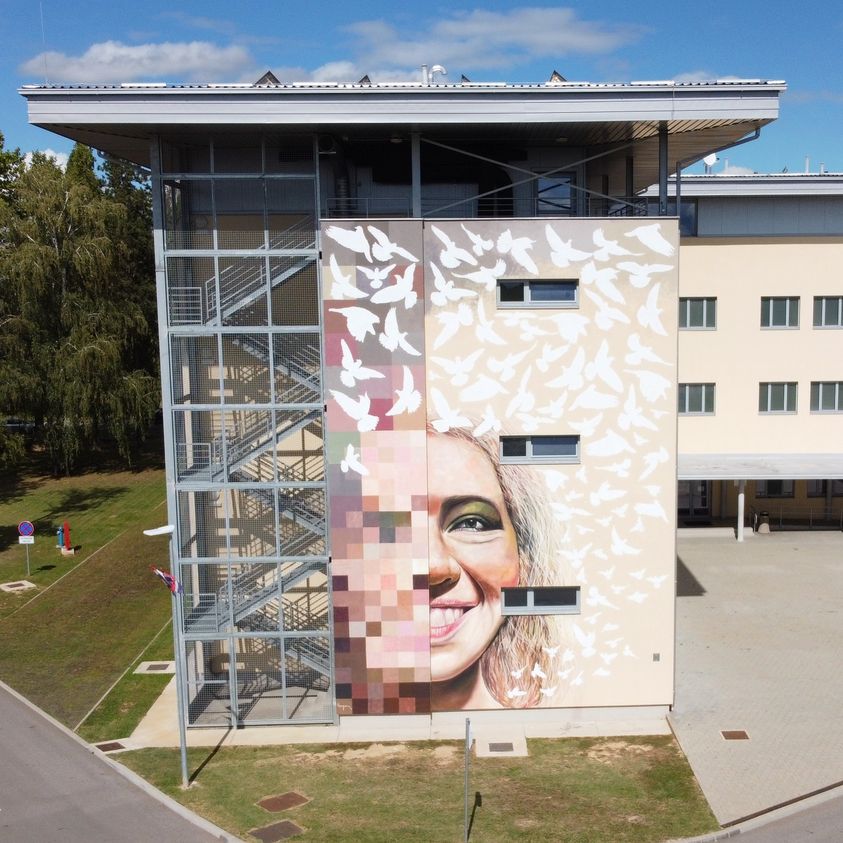
Future Freedom
A graduate of the Academy of Applied Arts in Rijeka, Eugen Varzić is something of a classicist operating inside wholly modern mediums. His paintings adorn city streets in Madrid, churches and the streets of his native Istria where, in Poreč, you'll also find his two mosaic sculptures, Trosjed and Konfin.
"This piece was a challange for me, because of the size, the positioning and the motif," Eugen said of his piece of Vukovar street art 2020. "The whole place used to be a military camp. After the fighting finished, they turned it into a memorial centre for the war, a kind of museum where you can see the planes, tanks, learn about Vukovar. Kids from all over Croatia come. There is a hostel where they can stay. When they asked me to paint this wall, because of where it is, that put some boundaries on my work. I had to think differently. This wall is not so easy to paint on – it's broken, it has windows, it's surrounded by steel, there are fire stairs."
"I decided on a half portrait of my daughter's smiling face. I wanted to show something happy and which looks forward into the future. Half of the face is pixalated, so it's clearly placed in the 21st century. I used squares within the piece because it's so connected to Croatia – you can see them on the shirts of the national team football players, on the Croatian flag. There are also 87 birds in the paintings. That number was chosen because there were 87 days of fighting before the town of Vukovar fell."
Arsek & Erase (Bulgaria)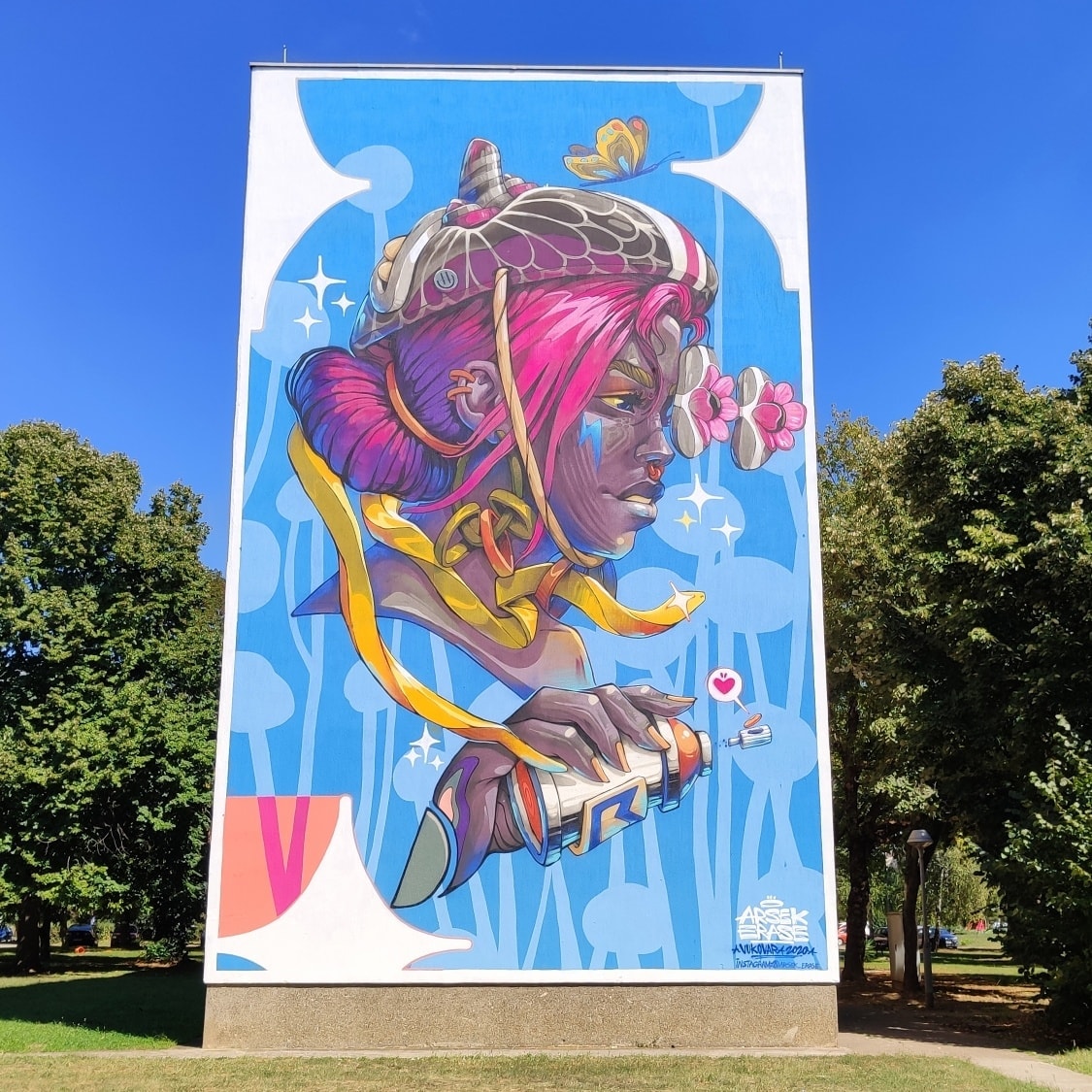
The Golden Snake
Operating as a duo for 20 years, Arsek & Erase create playful, bright and colourful images - and highly memorable characters - using illustration and surrealism. They have painted works all over Europe, their own native Bulgaria, and in Russia, China, Taiwan, El Salvador and the United States.
All photos Vukovar street art 2020 © VukovArt
For the latest travel info, bookmark our main travel info article, which is updated daily.
Read the Croatian Travel Update in your language - now available in 24 languages
Vinkovci Film Week 2020 Begins
August 17, 2020 - Now a much-enjoyed highlight of the city's cultural calendar, the Vinkovci Film Week festival pairs the 14-year-old DORF music documentary festival with the Classical Antiquity Film Nights. Here's what to expect...
At just four years old, Vinkovci Film Week has become a much-loved highlight of the Slavonian town's cultural calendar. Given its age, it's less surprising that it's become so when you find out its component events are actually very well established.
The film week actually pairs a 14-year-old music documentary festival, DORF, with the 8-year-old Classical Antiquity Film Nights. Beginning tomorrow, Tuesday 18 August, and running until Saturday 22 August, here's what you can expect to see...
Classical Antiquity Film Nights at Vinkovci Film Week
Tuesday 18 August
20.30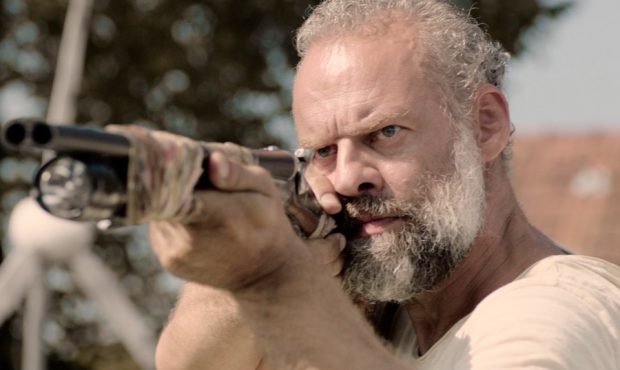
'The Last Well / Posljednji bunar' directed by Filip Filković (2017, Croatia), is a dystopian tale set in a dry Croatian hinterland, where the last source of drinking water has a significant impact over life. It has won more than 30 festival awards.
Immediately following is 'Lo and behold: reveries of the connected world' (2016, USA) by iconic German-American film and documentary maker Werner Herzog. The viewer is taken on a journey through a series of provocative conversations revealing how the internet has changed (and continues to change) the functioning of the real world and life itself - from business to education, from space travel to healthcare, as well as the very core of our private relationships.
Wednesday 19 August
20.30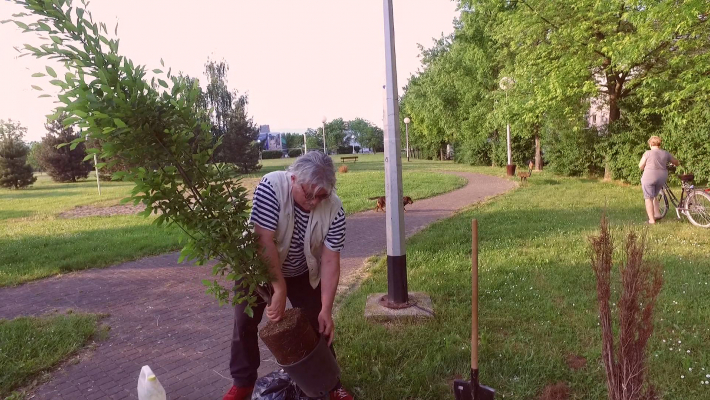
Dalibor Platenik's 'Man and Tree / Čovjek i drvo' (2019, Croatia) looks at the life of Vladimir Dimić Joda, who lives in the centre of Zagreb and spends his days hanging out with trees. He started planting trees anonymously more than 30 years ago and has so far planted more than 450 of them. He talks to them, waters them, and tends for them. In doing so, he feels he is returning a debt to Mother Earth. Vladimir Dimić Joda was actually born in Vinkovci and is a frequent visitor to the town.
DORF music documentary festival at Vinkovci Film Week
Thursday 20 August
20.30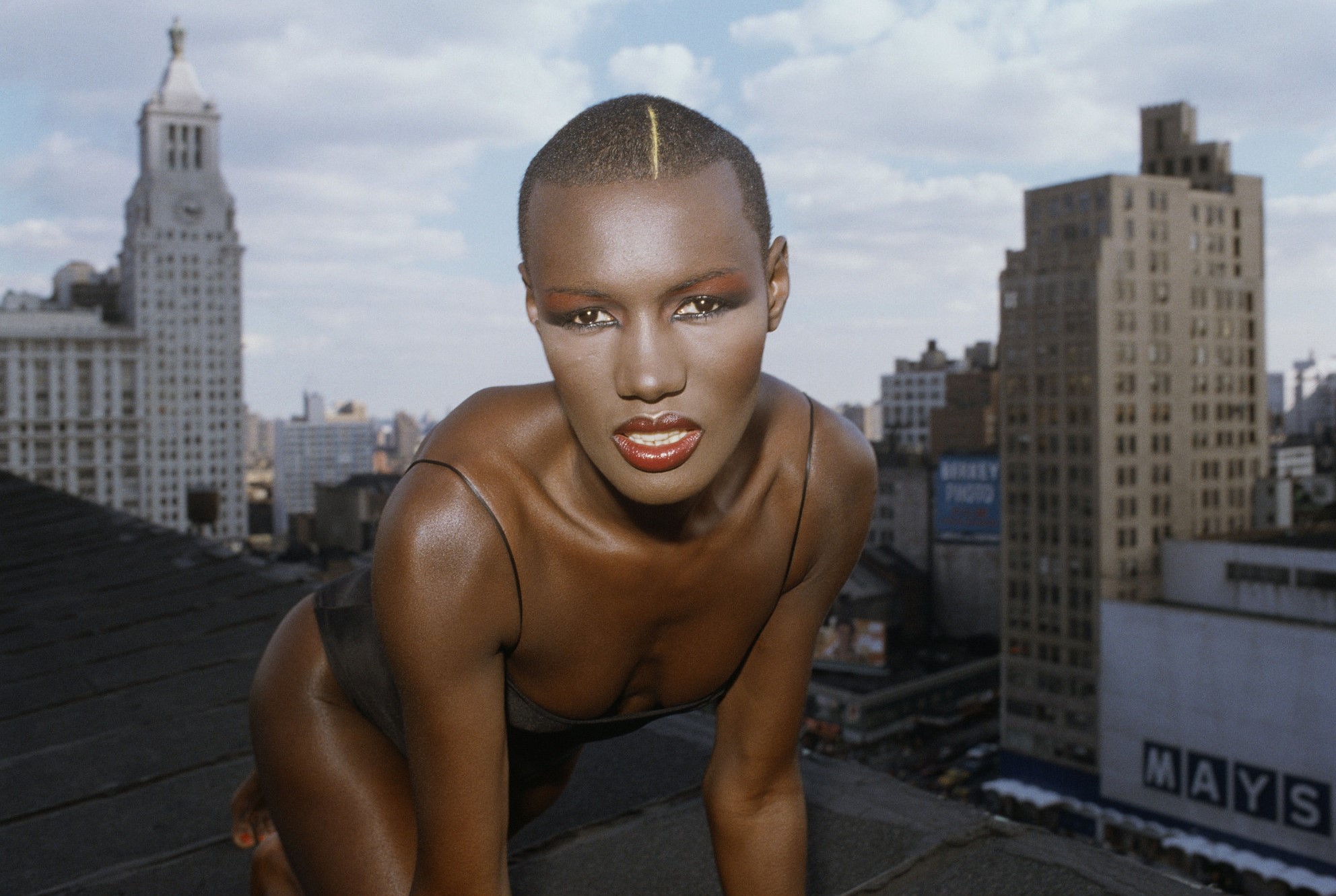
'Grace Jones: Bloodlight and Bami' (2018, USA) is a human portrayal of the intangible Jamaican icon. Through her modelling and music, Grace Jones has provocatively and unflinchingly bared all to the public. While examining these elements of her career, this documentary shows what few have ever seen before; the very real person that lies beneath the enigma.
Friday 21 August
20.00
Premiering at the festival, short film 'xYUGOx' (2020, Croatia) follows Croatian-Serbian hardcore punk band The Truth in preparation for a two-week European tour and asks how their straight-edge lifestyle (eschewing alcohol, tobacco, and all other drugs) impacts such an undertaking.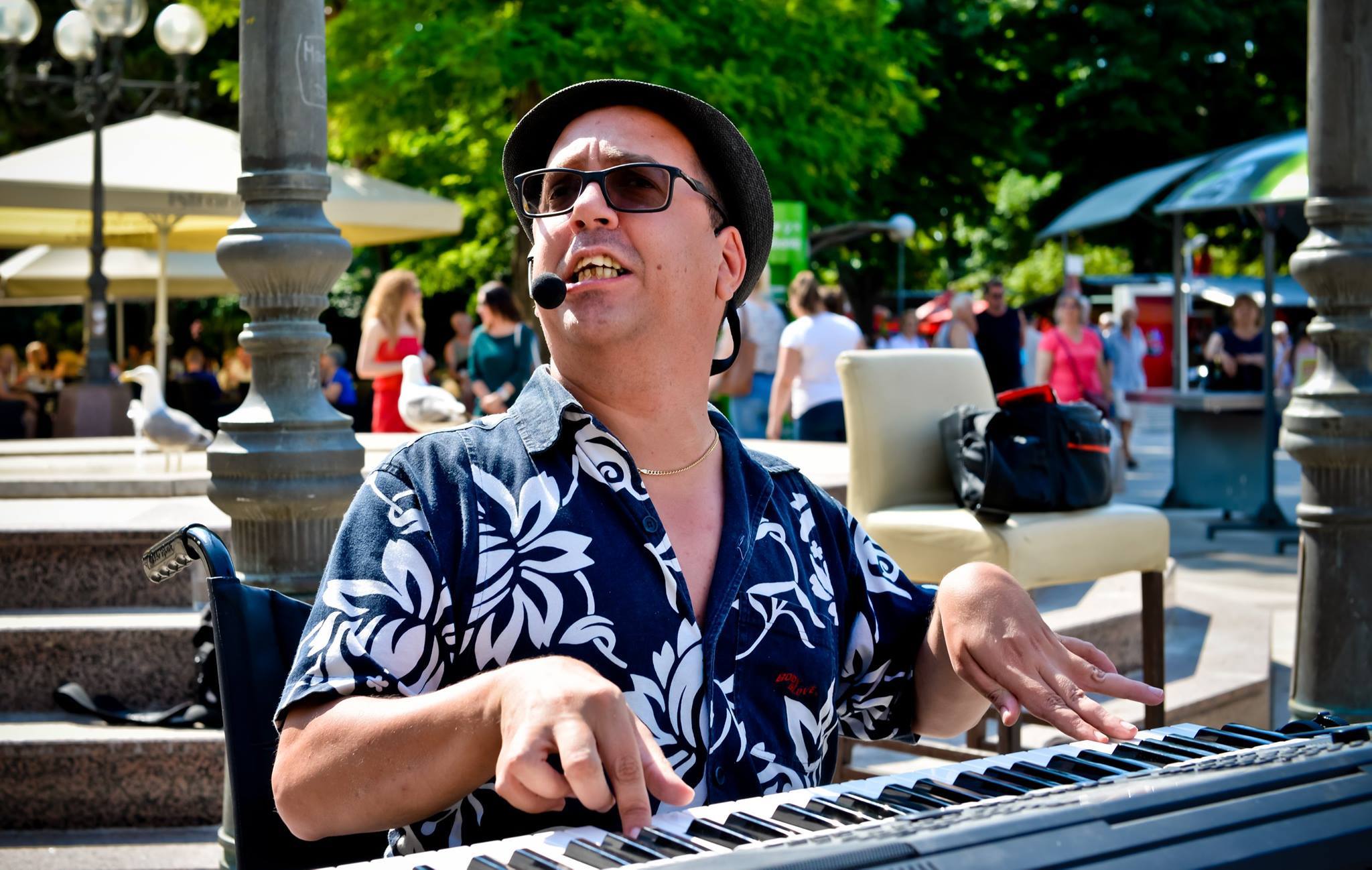
Also premiering here, 'Erik' (2020, Croatia) is a portrait of composer, singer, keyboardist, and award-winning songwriter Erik Balija, whose cerebral palsy restricts only his physical movement, not his spirit.
21.30
Another premiere, 'New York: The Pilgrimage' (2019, Macedonia) follows a Macedonian hip hop obsessive as he makes a once-in-a-lifetime journey to the city which birthed his passion.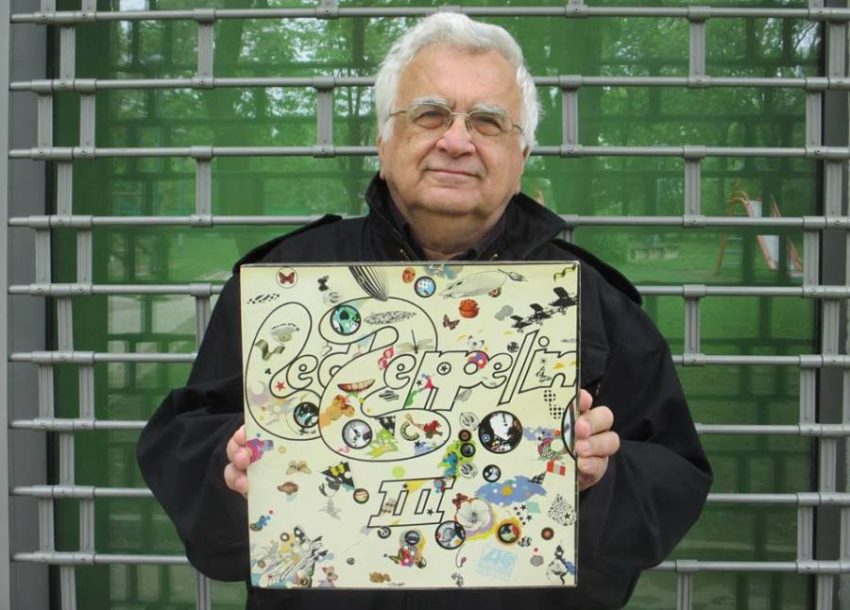
'Winners Are Boring / Pobednici su dosadni' (2018, Serbia) is a portrait of life-long music fanatic, publicist, and journalist Žikica Simić, examining the impact the cult radio shows he has helmed have had on many.
'Sonnyboy iz Stubičke Slatine' (2019, Croatia) looks at the life of Krešo Oremuš from rural Zagorje. By day, Krešo is a metal worker. By night, he's a blues music fanatic and one of the country's greatest blues harmonica players.
Saturday 22 August
20.00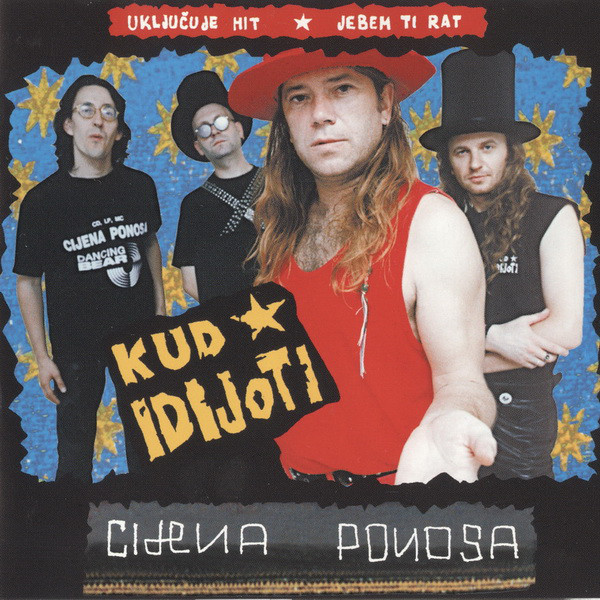
'Tusta' (2019, Croatia) is a biography of Branko Črnac Tusta, the leader of infamous Pula punk-rock band, KUD Idijoti. Because of his uncompromising anti-fascist and tolerant stance, this true working-class hero was considered a "communist" in the 1990s, and his music all but banned from Croatian media and music outlets. The band were not deterred. KUD Idijoti were the first Croatian band to perform a concert in Serbia after the war.
Vukovar's Hotel Dunav Sold, New 200 Million Kuna Hotel to be Constructed
As Poslovni Dnevnik writes on the 4th of May, 2019, Vukovar Mayor Ivan Penava and the CEO of the Swiss company Immo Invest Partner, Džek Djordić, signed a contract on the sale of the Dunav (Danube) Hotel in Vukovar on Saturday, and the Swiss company has thus announced the construction of a new four-star hotel, in which it will invest a massive 200 million kuna.
"This is a strategically important property in Vukovar, the building of the former Dunav Hotel, which has attracted a lot of interest from the public," stated Penava, pointing out that the building is located in an extremely valuable location at the very mouth of the Vuka along the Danube, but also because it involves a building that has not been in function for nine years now.
He added that the city, owing to the fact that the hotel had remained totally out of use for a long time, bought the former Hotel Dunav in order to sell it to a hotel business that had already established its branch office in Vukovar. The city will do everything to make the investor feel welcome with their investment which is strategic and considered to be at the state-level.
Deputy Mayor Marijan Pavliček recalled that the City of Vukovar had purchased Hotel Dunav for 10.3 million kuna, while a price of 10.7 million kuna was asked for at the public tender, and the aforementioned Swiss company offered 11.3 million kuna and paid the difference in accordance to the higher requested price.
"The investors are obliged to collect all of the necessary permits in the next eighteen months after which the parcel will be handed over to their ownership, after which a seven-year legal deadline for the construction and commissioning of the facility comes into force," Pavliček said, adding that the investors have promised a significantly shorter implementation deadline, more specifically until the year 2023.
Pavliček emphasised the fact that this is the biggest investment after the Homeland War in the tourist sector of Vukovar, which will open up welcome new jobs.
Immo Invest Partner's CEO Džek Djordić announced the construction of a four-star hotel with about 120 rooms, 240 beds, and which will include several restaurants, offices and a multimedia space in which about 200 million kuna will be invested, and the hotel should be open in 2023.
Immo Invest Partner Board Member Petar Đorđić thanked the mayor and his deputy for their engagement in the realisation of this deal and said that all those involved are great optimists and that the entire investment will be realised within the anticipated deadline.
Make sure to follow our dedicated business and lifestyle pages for much more.


